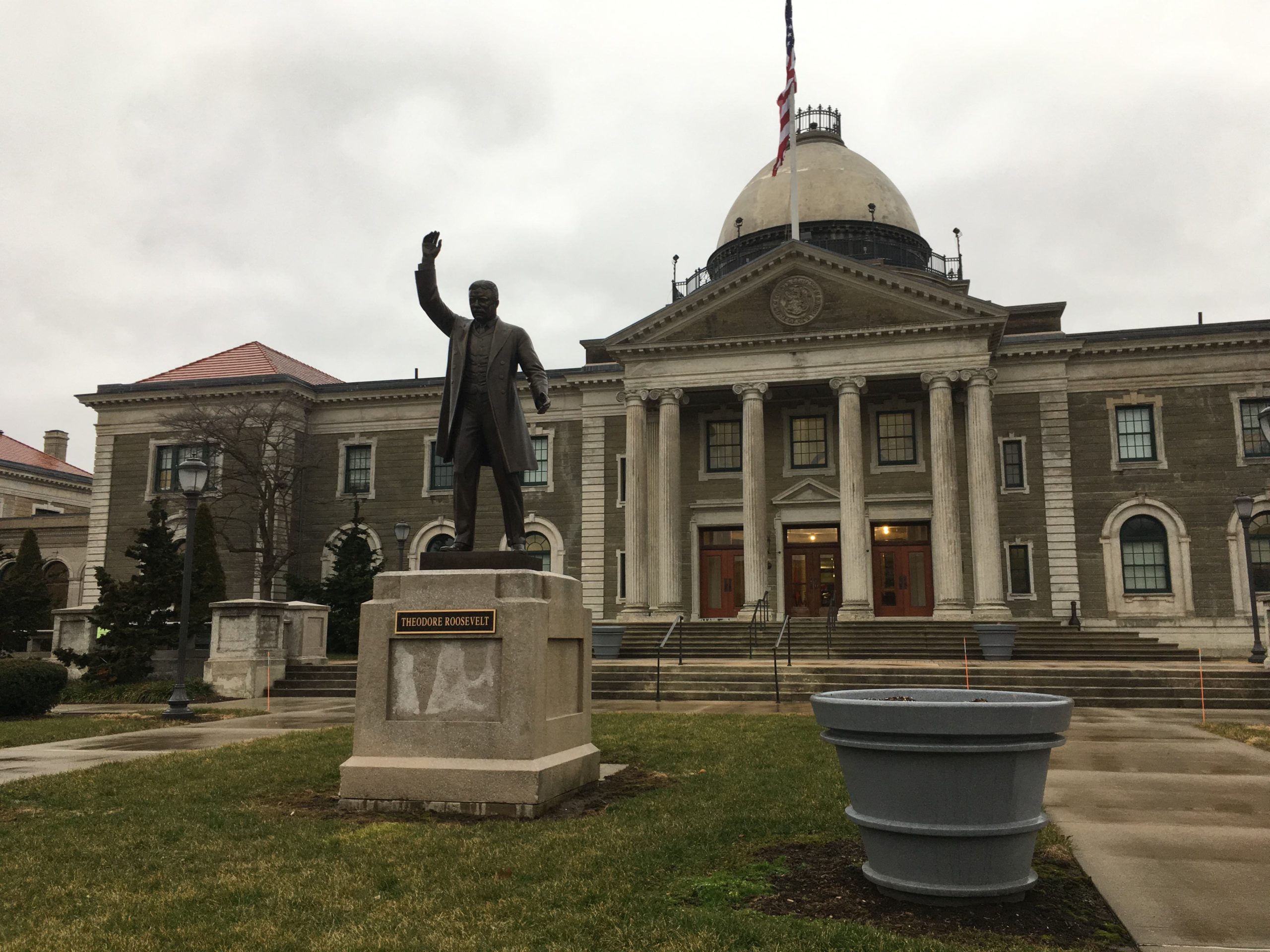Nassau County will end this year with a $53.5 million budget deficit and the risk of even bigger long-term gaps, the county’s financial control board said Tuesday.
The projected deficit is smaller than the $60 million deficit the Nassau Interim Finance Authority allowed officials to maintain according to generally accepted accounting principles, which do not count borrowing for operating expenses as revenue.
But the budget gap could grow as large as $189 million in 2020 in the worst-case scenario if county officials do not build on the progress they’ve made this year, according to the midyear review of the county’s financial plan that NIFA released Tuesday.
Failure to address problems “may result in NIFA’s imposition of significant cuts that could negatively affect taxpayers and/or employees of Nassau County,” the report says. “However, decisive action by the County could still change this outcome.”
The county’s projected deficit comprises $15.4 million in revenue that NIFA doubts will materialize and $38.1 million in budget adjustments that NIFA does not allow, such as paying for property tax refunds with cash reserves, the report says.
Though NIFA credited Nassau officials for ending the practice of borrowing for property tax refunds this year, the 2017 budget includes $60 million in borrowing for that purpose, creating a shortfall, the report says.
NIFA also praised Nassau for ceasing borrowing for other operating expenses, such as termination pay and legal settlements. But the report said officials’ four-year projections of structural budget gaps are too optimistic.
Several of the county’s plans to close the gap between expenses and revenue have remained unchanged for several years, including its plan to privatize its sewer system, according to NIFA’s report.
“[T]he major options provided by the County to close the projected gaps, which have not changed from prior years, are unlikely to be timely implemented or remain speculative, particularly in an election year,” NIFA’s report says.
Roseann D’Alleva, the budget director under Republican County Executive Edward Mangano, disputed some of NIFA’s findings. For example, she said, the county pays out tax refunds in cash so they should not be counted toward the deficit.
“We are pleased NIFA recognizes the significant progress the Mangano administration has made in ending borrowing for tax refunds, termination pay and ordinary litigation costs as well as achieving a stable financial outlook by rating agencies,” D’Alleva said in a statement.
The state Legislature created NIFA in 2000 as part of a bailout package to save Nassau from the brink of bankruptcy. The board has held tighter control over county finances since 2011, when the budget deficit grew to more than 1 percent of the roughly $3 billion budget.
County Comptroller George Maragos, also a Democratic candidate for county executive, is expected to project a $57 million deficit for 2017, Newsday reported.
On Monday, Maragos’ office said the county’s audited financial report showed a $27.1 million surplus for 2016, primarily due to $105.8 million in borrowing.



